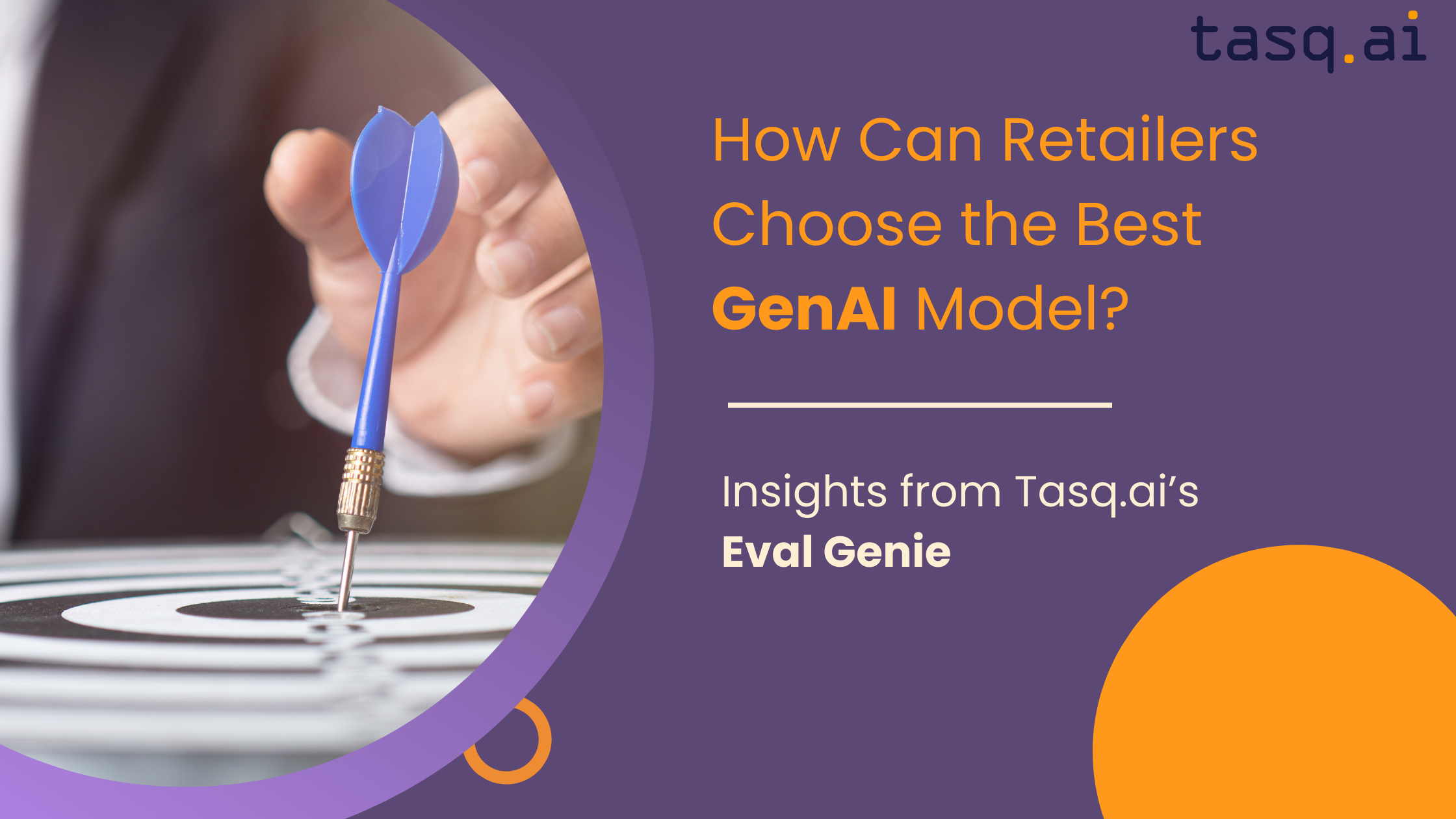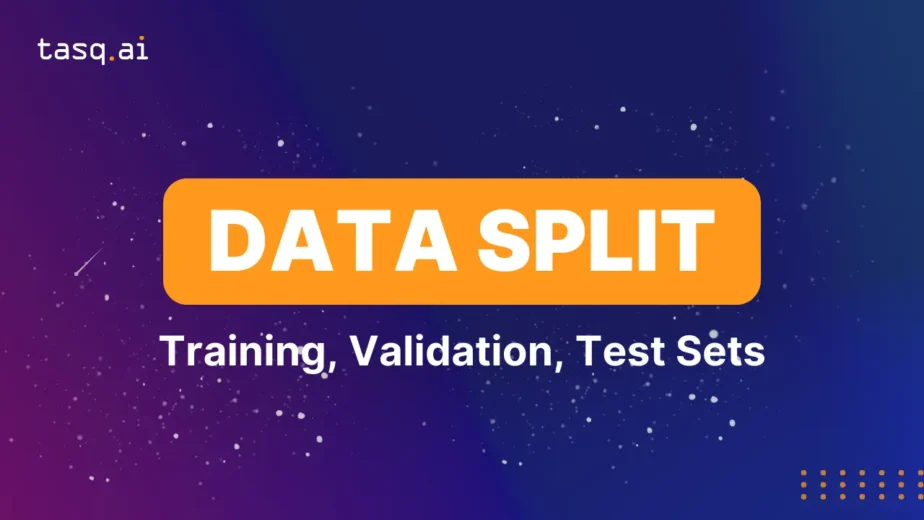In the bustling world of ecommerce, where every click, view, and purchase leave a digital footprint, Data is incredibly important. From understanding consumer behavior to optimizing marketing strategies, data holds the key to unlocking growth and staying ahead of the competition. However, in its raw form, data is often complex, unstructured, and challenging for machines to comprehend. This is where human guidance comes in, acting as the crucial element that turns raw data into valuable insights. In this comprehensive guide, we’ll explore why human guidance is not just beneficial but essential for the success of your ecommerce venture.
Understanding Human Guidance
At its core, human guidance involves the process of categorizing and tagging data to make it understandable and usable for machine learning algorithms. In the context of ecommerce, this encompasses labeling various forms of data, including product images, customer reviews, purchase histories, and more. By accurately annotating data, businesses can train AI models to recognize patterns, make predictions, and automate various tasks, thereby streamlining operations and enhancing the customer experience.
Various labeling techniques are employed to annotate and classify data, each contributing to the enhancement of ecommerce operations. Here are some key types of labeling techniques used in ecommerce:
- Image Labeling: Image labeling involves annotating product images with specific labels or tags to accurately categorize and classify them. For example, in a home decor ecommerce store, image labeling could involve tagging products with specific room settings or themes. For instance, a sofa might be labeled as “Living Room,” “Modern,” or “Rustic,” allowing customers to visualize how the piece fits into different interior design styles. This helps shoppers quickly identify products that match their aesthetic preferences and create cohesive looks for their homes.
- Text Labeling: Text labeling entails annotating textual data such as product descriptions, customer reviews, and social media posts with specific labels or tags. This allows ecommerce platforms to categorize and analyze textual content effectively. For instance, in an ecommerce platform selling clothing, text labeling can be used to identify style preferences mentioned in customer reviews, such as “casual,” “formal,” or “athletic.” This allows businesses to tailor their product offerings and marketing strategies to better align with customer preferences, ultimately improving customer satisfaction and engagement.
- Sentiment Analysis: Sentiment analysis involves labeling textual data with specific tags to identify the sentiment or emotion expressed in the text. In ecommerce, sentiment analysis can be applied to customer reviews, social media comments, and feedback forms to understand customer perceptions and sentiments towards products and brands. This information can then be used to improve product offerings, address customer concerns, and tailor marketing campaigns to better resonate with target audiences.
- Attribute Labeling: Attribute labeling focuses on annotating product attributes such as color, size, material, and brand. This helps ecommerce platforms provide detailed information about products to customers and enables them to filter and search for products based on specific attributes. For example, attribute labeling can enable customers to filter search results by size or color, making it easier for them to find products that meet their preferences and requirements.
So, let’s dive deeper into understanding why human guidance is vital for the success of your ecommerce business.
- Enhancing Product Discovery and Recommendation Systems
One of the cornerstones of ecommerce success is the ability to offer relevant product recommendations that resonate with customers’ needs and preferences. Human guidance plays a pivotal role in this aspect by categorizing products, attributing metadata, and identifying similar items. By enriching product data with accurate labels, ecommerce platforms can power sophisticated recommendation systems that drive engagement, increase conversions, and foster customer loyalty. Whether it’s suggesting complementary products, showcasing trending items, or personalizing the shopping journey, human guidance enables ecommerce businesses to deliver tailored experiences that delight customers.
- Optimizing Search Functionality
The search function serves as a gateway for customers to navigate through your ecommerce platform and find the products they’re looking for. Human guidance enhances the search experience by ensuring that product descriptions, keywords, and metadata are appropriately tagged. This not only facilitates accurate search results but also enables advanced functionalities such as autocomplete, spell correction, and semantic search. By leveraging labeled data to optimize search functionality, ecommerce retailers can empower customers to find relevant products quickly and effortlessly, leading to higher satisfaction and conversion rates.
- Price Optimization
By meticulously analyzing data on consumer behavior, market trends, and competitor pricing, businesses can fine-tune their pricing strategies to strike the delicate balance between driving sales and preserving profit margins. From dynamic pricing algorithms that adjust prices in real-time based on demand fluctuations to personalized pricing models that cater to individual customer segments, the possibilities for price optimization are vast. However, successful price optimization goes beyond simply adjusting numbers; it requires a deep understanding of customer preferences, pricing psychology, and the broader market dynamics. By embracing price optimization as a strategic imperative, ecommerce businesses can unlock new revenue streams, enhance customer satisfaction, and ultimately, thrive in today’s competitive marketplace.
- Ensuring Compliance and Data Security
In an era of heightened data privacy regulations and cybersecurity threats, compliance and security are paramount for ecommerce businesses. human guidance plays a crucial role in safeguarding sensitive customer information and ensuring regulatory compliance. By accurately annotating data and adhering to labeling standards, businesses can mitigate the risk of data breaches, build customer trust, and demonstrate their commitment to data privacy. Through robust human guidance practices, ecommerce ventures can navigate regulatory complexities, mitigate legal risks, and foster a secure and transparent online environment, bolstering customer confidence and brand reputation.
- Continuous Innovation and Adaptation
The ecommerce landscape is constantly evolving, driven by advancements in technology, shifting consumer behaviors, and emerging market trends. To remain competitive, ecommerce businesses must embrace a culture of continuous innovation and adaptation. human guidance plays a pivotal role in this process, enabling businesses to iterate and refine their strategies based on real-time insights and feedback. By continuously optimizing human guidance practices and leveraging emerging technologies, ecommerce ventures can stay agile, responsive, and adaptive, positioning themselves for long-term success in the ever-changing digital marketplace.
- Location and Cultural Context
In the dynamic landscape of ecommerce, understanding the influence of location and cultural nuances is crucial. Text labeling that considers regional preferences and cultural context can significantly impact the effectiveness of marketing strategies and product offerings. For instance, in a global marketplace, understanding language variations and cultural sensitivities can help tailor product descriptions and customer communications appropriately. Moreover, by analyzing location-specific trends and preferences, businesses can customize their offerings to resonate with diverse audiences, thereby enhancing customer engagement and loyalty. Integrating location and cultural considerations enables ecommerce platforms to create more personalized and relevant experiences for their customers, fostering trust and driving sales in various markets worldwide.
Conclusion
In today’s dynamic ecommerce arena, human guidance remains essential but also offers new avenues for innovation. With advancements like AI and machine learning, businesses can enhance labeling accuracy and efficiency. Integrating technologies like NLP and computer vision enables deeper insights and personalized experiences. Moreover, labeled data fuels dynamic pricing and predictive analytics, empowering businesses to stay ahead. Additionally, the combination of models, such as merging machine learning algorithms, presents promising opportunities. This fusion allows for more robust and adaptable systems, improving performance in human guidance tasks and enabling businesses to extract richer insights from their data. As we navigate this evolving landscape, it’s worth pondering: How can we leverage these advancements to better understand customer behavior? What innovative strategies can we implement to stay agile in an increasingly competitive market? And how can we continue to push the boundaries of human guidance to drive growth and innovation in ecommerce?





